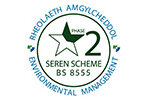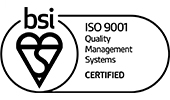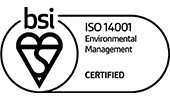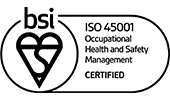A Design Assembly Presentation by Neil Solanki from Dyson
On October 19th, for the second year running, we partnered with Edge Design to bring Design Assembly South Wales to Cardiff
The theme of 2018’s event was The Connected Workplace and explored how office design and wellbeing strategies could be used to bring people and technology together.
Neil Solanki from Dyson started the day with the first of our presentations which looked at the specification for task lighting in an office.
Taking problems and finding solutions
From vacuum cleaners and air purifiers to hand dryers and hair dryers, Dyson has focused on finding a problem within a particular technology and devising a product that solves it.

At Design Assembly South Wales, Neil focused on the specification for task lighting that Dyson uses in their commercial lighting solutions.
Taking light to task
Wellbeing in the workplace is a growing concern for businesses and employee empowerment is a key factor within this wider theme.
This, combined with the need to reduce energy consumption, leads to task lighting being one of the solutions to lighting design in the modern office environment.
The history of commercial lighting
The journey of artificial light generated by electricity began just over 135 years ago when Edison’s patent was filed in 1880. Before this point, artificial light was generated by burning materials such as wax or gas.
The huge transformation of artificial light has happened over a relatively short time period but has completely changed the world of architecture.
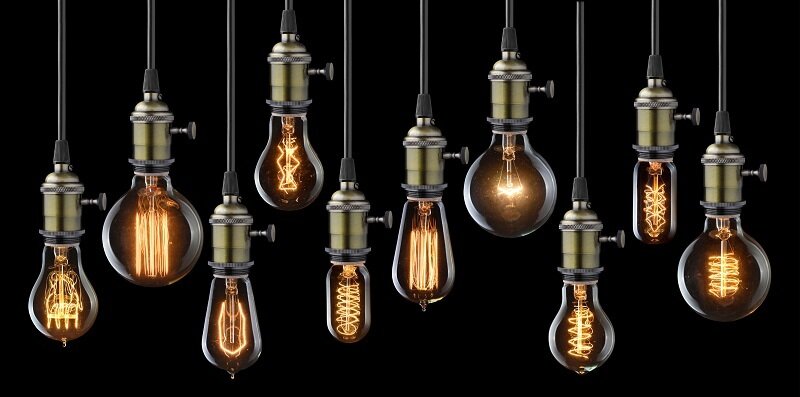
In addition to this, we’ve moved from being an outdoor workforce to an indoor workforce in a similarly short time period.
In 1900 more than 75% of people worked outdoors. By 1970, less than 10% worked outdoors. These are US statistics, but they are just as relevant to the UK.
This alone has made interior lighting design incredibly important.
The evolution of lighting in the workplace
As the 20th Century progressed the separation of general interior lighting and task lighting for detailed work became a more popular approach.
With the introduction of the fluorescent lamp in 1948, the lighting of both general interior space and task lighting started to be provided from the ceiling alone.
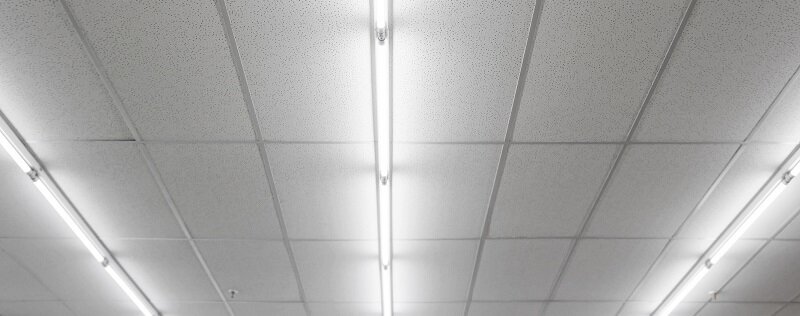
Lighting requirements for task work
Lighting is measured in units of illumination called Lux.
In a workplace, lux level requirements are different depending on the task that is being carried out, and also on the person completing the task.
In general, the more detailed the task, the greater the light requirement.
One particular experiment sought to identify the best lux levels for different lighting environments.
The Landolt Ring
In the 1920’s Swiss-born ophthalmologist, Edmund Landolt, conducted experiments based on light and visual acuity using the Landolt Ring or Landolt C.

This black broken circle was used to test vision in different lighting environments, the best Lux levels for the task were identified when people can recognise where the break in the circle is.
Even though these early experiments taught us a lot about lighting requirements for detailed tasks, current modern office lighting can fall short of what is required by the users.
What should office lighting offer?
The below set of critical criteria was developed in 1998 in a meeting with designers and manufacturers called by the BRE (who spoke about their Biophilic Office Project at Design Assembly South Wales). It states that office lighting should:
- Recognise different user demands
- Support 24-hour shift and night work
- Offer greater individual and team control
- Provide more intelligent and personal control
- Provide more multi-task adjustable task lighting for shared settings
- Offer better tuning of occupancy sensing
- Provide for the building level of lighting (as opposed to the task level of lighting)
- Be useable with new forms of IT and video
Even though these were set in 1998, they are still all relevant for current office usage and are often not adhered to.
Considerations for lighting specification
There are two points that are important when assessing the success of a lighting scheme.
- Objective criteria
- Subjective impression
Although reviewing the objective criteria of a space will inform whether the Lux levels meet the task requirements, the user will instinctively judge a lit scene through their subjective impression.
A space might have enough Lux on the desks to meet the objective criteria for task work. However, if the lighting pattern is poor, dark ceilings can contrast with harshly-lit areas to create a space that seems too dark.
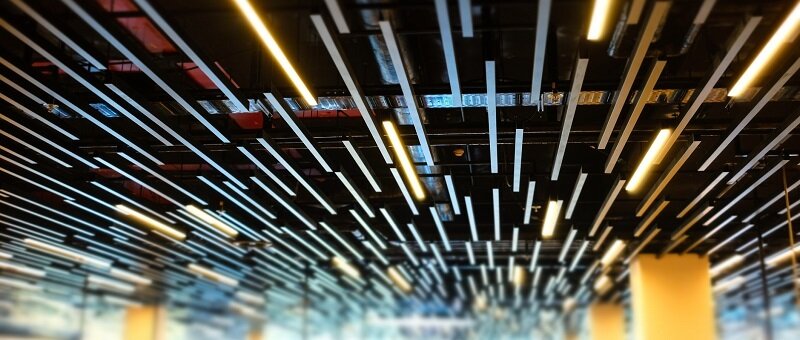
It’s always advisable to get the client’s subjective thoughts on what they want a space to look like before designing a scheme – this first impression will be how they judge the scheme in the short term.
Lighting standards and their impact on task lighting
There are two pieces of guidance in particular that can help us to
BS EN 12464-1 ‘Indoor workplaces’ (2011)
At the beginning of the British Standards it says:
“This European Standard neither provides specific solutions nor restricts the designers´ freedom from exploring new techniques nor restricts the use of innovative equipment. The illumination can be provided by daylight, artificial lighting or a combination of both.”

This statement is very important – although the BS provides guidance on objective criteria this guidance should not be used as justification for poor subjective impression.
The British Standards also opens up the possibility for an office to be lit with generalised background lighting and separate task lighting.
LG7: Offices ‘Lighting for the built environment’ (2015)
Published in 2015, this focuses heavily on guidance for office spaces.
LG7 recognises that a workspace is more than just somewhere to carry out a task. It has to be safe, comfortable, visually stimulating, efficient and productive. Lighting can play a large part in trying to achieve these goals. It also had this to say about task lighting:
“The task areas in any office need to have an appropriate level of illumination to allow the occupants to work effectively, and so the most efficient way of getting light onto those surfaces will have the largest effect on reducing energy consumption.”

This reintroduced the possibilities of task lighting to deliver local light with the added benefits of lower energy consumption and user personalisation.
Glare from ceiling fixtures
Glare is becoming an increasingly important and relevant problem in the workplace.
Glare is a function of contrast ratio – a motorbike headlight seen in the daytime with ambient natural light won’t cause issues for the eye, but if seen at night it will produce a high amount of glare because of the high contrast between the lit object and the dark environment in which it is viewed.

Ironically, it’s the increasing efficiency of LEDs that is causing an issue. The amount of light coming from a ceiling-mounted lamp is rising, but their surface area is not.
This issues of distracting or uncomfortable glare created by ceiling mounted downlights and the fatigue caused by increased eye strain mean that task lighting is likely to rise in popularity.
The BS sets out specific glare ‘limits’ in certain work environments. These limits are dependent on the length of time a worker is in the environment and the activity being carried out.
Discomfort glare is a phenomenon that is experienced subjectively, so it is critical that the guidance is recognised and adhered to whenever possible.
Optimising office lighting
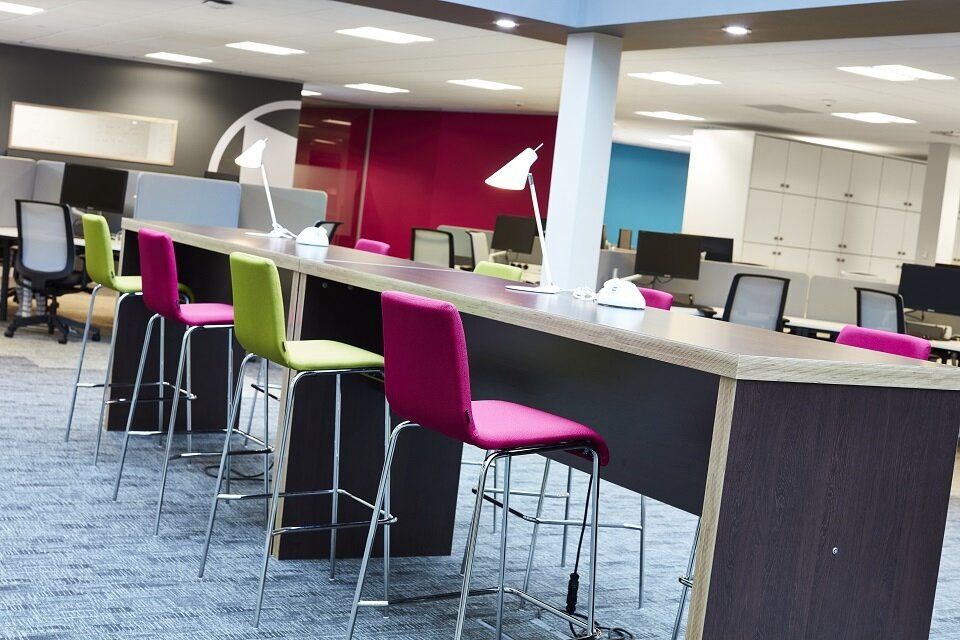
Dyson has used the findings and recommendations highlighted here to create their own task lighting solutions.
Ultimately, any workplace design should emphasise the importance of finding the best lighting for the purposes of the space, keeping in mind both the objective criteria for the area but also the subjective impression of the staff that will use it.
If you’d like to find out how lighting solutions, including task lighting, can improve and enhance your workplace, get in touch with the team at Paramount today.




